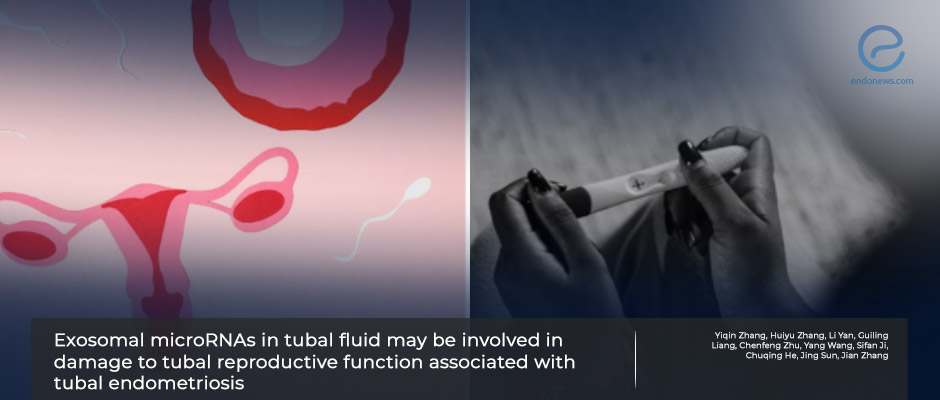Study May Explain How Tubal Endometriosis Causes Infertility
Sep 7, 2023
The epithelial ultrastructure of the fallopian tubes is damaged in tubal endometriosis.
Key Points
Highlights:
- Tubal endometriosis damages the epithelial ultrastructure of the fallopian tubes.
Importance:
- This may be the reason for tubal endometriosis causing infertility.
What’s done here:
- Researchers analyzed the ultrastructural changes associated with tubal endometriosis and the expression of exosomal miRNA in the tubal fluid.
Key results:
- The epithelial ultrastructure of the fallopian tubes was damaged in women with fallopian endometriosis.
- 14 miRNAs were differentially expressed between the tubal fluid of women with tubal endometriosis and those without.
- Most of these miRNAs target genes that play a role in embryo transport, cell communication, anatomical structure morphogenesis, and immune response.
Limitations:
- The exact injury mechanism on the tubal epithelium's structure is unclear.
- The exact effects of differentially expressed exosomal miRNAs on the gametes and on embryos need to be further studied.
Lay Summary
Tubal endometriosis damages the epithelial ultrastructure of the fallopian tubes or the tubes connecting the ovaries to the uterus along which an egg travels each month ready to be fertilized by a sperm cell. This could help explain why tubal endometriosis can cause infertility.
In order to better understand the pathogenesis of tubal endometriosis, a team of researchers from China, led by Dr. Jian Zhang collected and analyzed samples from the fallopian tube epithelium as well as tubal fluid from patients with tubal endometriosis and those without. The team also assessed the ultrastructural changes associated with tubal endometriosis using scanning and transmission electron microscopy. They also extracted and analyzed exosomal micro RNA (miRNA) expression in the tubal fluid.
Electron microscopy analysis revealed that there was epithelial damage in samples obtained from patients with tubal endometriosis. In these samples, the number of organelles decreased and their structure was destroyed.
Bioinformatic analysis showed that most of the target genes of these miRNAs were involved in embryo transport, cell communication, morphogenesis of the anatomical structures, and immune processes.
“These results provide clues for further research on the reproductive function injury of tubal endometriosis in the future,” the authors concluded.
The study is published in the scientific journal Reproductive BioMedicine Online.
Tubal endometriosis is the presence of ectopic endometrial implants in the fallopian tubes. These may lead to significant tubal defects and lead to dysmenorrhea, pelvic pain, and infertility.
Research Source: https://pubmed.ncbi.nlm.nih.gov/37495470/
tubal endometriosis infertility miRNA

